Home>Garden Essentials>How To Plant California Poppy Seeds
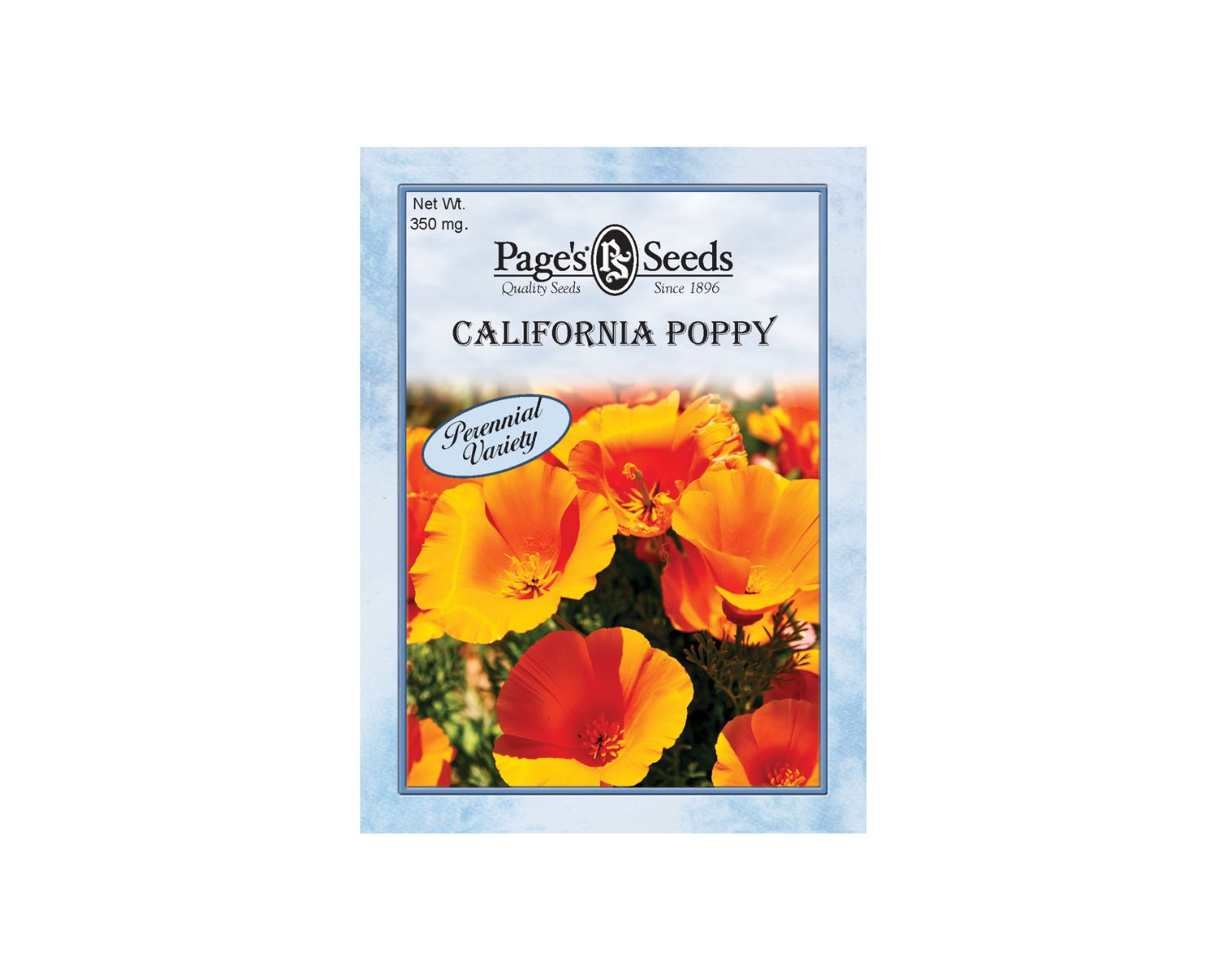

Garden Essentials
How To Plant California Poppy Seeds
Modified: March 16, 2024
Learn how to plant California poppy seeds in your garden and enjoy beautiful blooms all season long. Follow our step-by-step guide for successful gardening.
(Many of the links in this article redirect to a specific reviewed product. Your purchase of these products through affiliate links helps to generate commission for Storables.com, at no extra cost. Learn more)
Introduction
Welcome to the world of gardening! If you’re looking to add a vibrant burst of color to your garden, then California poppies are the perfect choice. These beautiful and easy-to-grow flowers are native to California but can be cultivated in various regions around the world. In this article, we will guide you through the process of planting California poppy seeds, helping you create a stunning and colorful garden.
California poppies, scientifically known as Eschscholzia californica, are annual flowers that belong to the Papaveraceae family. They are known for their vibrant orange, yellow, and red blossoms, with delicate petals that resemble crepe paper. These cheerful flowers can brighten up any garden bed, border, or container, creating a joyful and eye-catching display.
Not only are California poppies visually appealing, but they also attract pollinators such as bees and butterflies, enhancing the ecological balance of your garden. These flowers are also relatively low-maintenance, making them an ideal choice for both beginner and experienced gardeners.
Before you embark on the journey of planting California poppy seeds, it’s important to understand the unique needs and requirements of these lovely flowers. This will ensure that you provide them with the optimal conditions to thrive and flourish.
Throughout this article, we will explore the step-by-step process of planting California poppy seeds, from obtaining the seeds to caring for the seedlings and eventually harvesting and saving the seeds for future planting.
So, whether you’re starting a new garden from scratch or looking to add a few colorful additions, let’s dive in and discover the secrets of successfully growing California poppies!
Key Takeaways:
- Grow vibrant California poppies by planting quality seeds in sunny, well-drained soil. Care for seedlings with proper watering, thinning, and protection from pests. Harvest and save seeds for continued colorful blooms!
- Create a stunning garden with California poppies! Choose the right location, prepare the soil, and provide care for healthy growth. Harvest and save seeds to continue the vibrant beauty year after year.
Read more: When To Plant California Poppy Seeds
Obtaining California Poppy Seeds
The first step in planting California poppies is to obtain the seeds. There are a few different options for acquiring these seeds, depending on your preferences and availability.
One option is to purchase California poppy seeds from a local nursery or garden center. These establishments often carry a variety of flower seeds, including California poppies. This method allows you to select from different cultivars and ensures that you are getting high-quality seeds that are suitable for your specific region.
Another option is to order California poppy seeds online. There are numerous reputable seed suppliers and distributors that offer a wide range of flower seeds, including California poppies. When ordering online, it’s important to read customer reviews, check for seed quality guarantees, and ensure that the supplier has a reliable shipping process to minimize the risk of damaged or expired seeds.
If you have access to a mature California poppy plant, you can also collect the seeds yourself. Wait until the plant has finished flowering and the seed pods have fully developed. These pods will appear as small, elongated capsules, usually containing several small seeds. Gently harvest the pods and allow them to dry fully before removing the seeds. Store the seeds in a cool, dry location until you’re ready to plant them.
Regardless of the method you choose to obtain California poppy seeds, it’s important to note that these seeds have a short viability period. They should be planted within a year of purchase or collection to ensure optimal germination rates.
Now that you have the California poppy seeds in hand, it’s time to move on to the next step: choosing the right location for planting.
Choosing the Right Location
Choosing the right location for planting your California poppy seeds is essential to their success and growth. These flowers thrive in areas with full sun and well-drained soil. Here are some factors to consider when selecting the perfect spot:
- Sunlight: California poppies require at least six hours of direct sunlight each day. Choose a location in your garden that receives ample sunlight throughout the day, preferably in the morning and early afternoon when the sun is less intense. Avoid planting them in shaded areas or under the shade of tall trees or buildings.
- Soil Drainage: California poppies prefer well-drained soil to prevent root rot and fungal diseases. Ensure that the soil in your chosen location drains well and doesn’t hold excess water. If your soil is heavy or clayey, you can improve drainage by incorporating organic matter such as compost or sand into the soil.
- Soil pH: California poppies thrive in slightly acidic to neutral soil with a pH range of 6.0 to 7.0. You can test the soil pH using a pH testing kit, which is available at most garden centers. If your soil is too acidic or alkaline, you can amend it with organic additives or soil amendments to adjust the pH level.
- Protection from Winds: While California poppies can tolerate mild breezes, strong winds can damage their delicate petals and stems. If your garden is prone to strong winds, consider providing some form of protection, such as planting them near a windbreak or using stakes or trellises to shield them.
- Companion Planting: California poppies make excellent companion plants for a variety of other flowers and vegetables. Consider planting them alongside other pollinator-attracting flowers, such as lavender, marigolds, or cosmos. This will not only create a visually appealing display but also support the health and biodiversity of your garden.
By selecting a location that meets these criteria, you are providing the optimal growing conditions for your California poppies. Once you have determined the ideal location, the next step is to prepare the soil for planting.
Preparing the Soil
Preparing the soil is a crucial step in ensuring the successful growth and development of your California poppy seeds. By providing the right conditions, you can improve soil fertility and drainage, setting the stage for healthy and vibrant plants. Follow these steps to prepare your soil:
- Remove weeds and debris: Begin by clearing the area of any weeds, rocks, or large debris. These can hinder the growth of your California poppies and compete for water and nutrients.
- Loosen the soil: California poppies thrive in loose, well-aerated soil. Use a garden fork or a tiller to gently loosen the top layer of soil, breaking up any clumps and ensuring a crumbly texture. This will improve water infiltration and root penetration.
- Amend the soil: California poppies prefer nutrient-rich soil. Incorporate organic matter, such as compost or well-rotted manure, into the soil to enhance its fertility and provide a source of slow-release nutrients. Spread a layer of organic matter on top of the soil and mix it in thoroughly.
- Level the soil: Ensure that the soil surface is level and smooth. This will facilitate even seed distribution and prevent water from pooling in low areas.
- Water the soil: Before sowing the seeds, water the soil lightly to ensure that it is evenly moist. This will create a favorable environment for germination and seedling establishment.
By taking the time to properly prepare the soil, you are creating an optimal growing environment for your California poppies. Once the soil is well-prepared, it’s time to move on to the exciting part: sowing the seeds!
Sowing the Seeds
Now that you’ve prepared the soil, it’s time to sow your California poppy seeds. Sowing the seeds properly will ensure even distribution and optimal germination rates. Follow these steps to sow your seeds with success:
- Timing: California poppy seeds can be sown directly in the garden in the early spring or late fall. The ideal time for sowing depends on your climate and the average last frost date. Aim to sow the seeds when the soil temperature reaches around 50 to 60 degrees Fahrenheit (10 to 15 degrees Celsius).
- Seed spacing: Sprinkle the California poppy seeds evenly over the prepared soil. Aim for approximately one to two inches (2.5 to 5 centimeters) apart. However, keep in mind that California poppies tend to self-sow, so a denser planting can lead to a natural-looking spread of flowers in subsequent years.
- Depth: California poppy seeds require light for germination, so it’s essential not to bury them too deep. Gently press the seeds into the soil but do not cover them completely. A depth of about 1/8 to 1/4 of an inch (0.3 to 0.6 centimeters) is sufficient.
- Watering: After sowing the seeds, lightly water the area to ensure that the soil is evenly moist. Avoid creating puddles or overwatering, as excessive moisture can lead to rotting or fungal diseases.
- Mulching: Applying a thin layer of organic mulch, such as straw or shredded leaves, can help conserve moisture, suppress weed growth, and regulate soil temperature. However, ensure that the mulch is not too thick, as it can block sunlight and hinder seed germination.
As the California poppy seeds germinate and the seedlings emerge, it’s important to provide proper care and maintenance to support their growth. This includes watering, fertilizing, and protecting them from pests and diseases, which we will explore in the next sections.
With the seeds sown, you can look forward to the exciting process of watching your California poppies grow and bloom in all their glory. Remember to be patient, as it may take a couple of weeks for the seeds to sprout. In the meantime, let’s learn how to properly care for the seedlings once they emerge.
Read more: How Long For California Poppies To Germinate
Watering and Fertilizing
Proper watering and fertilizing are essential aspects of caring for your California poppy seedlings. By providing them with adequate moisture and nutrients, you can ensure healthy growth and vibrant blooms. Here are some guidelines to follow:
Watering
California poppies have moderate water needs and can tolerate short periods of drought. However, it’s important to keep the soil evenly moist, especially during dry spells or hot weather. Follow these watering tips:
- Establishment period: During the first few weeks after germination, the seedlings require more frequent watering to establish their root systems. Water the seedlings gently to keep the soil slightly damp but not waterlogged.
- Deep watering: Instead of frequent shallow watering, aim for deep watering sessions. This encourages the roots to grow deeper into the soil, promoting stronger and more drought-tolerant plants. Water the soil at the base of the plants rather than spraying the foliage to prevent fungal diseases.
- Watering frequency: In general, California poppies require watering about once or twice a week, depending on the weather conditions. Adjust the frequency based on the soil moisture levels, ensuring that the soil remains moderately moist but not soggy.
- Watering in the morning: It’s best to water your California poppies in the early morning. This allows the foliage to dry out before evening, minimizing the risk of fungal diseases.
Fertilizing
California poppies are relatively low-maintenance flowers and do not require heavy fertilization. However, a light application of fertilizer can promote healthier growth and more prolific blooming. Here are some tips for fertilizing your California poppies:
- Organic fertilizers: Opt for organic fertilizers, such as compost or well-rotted manure. These provide a slow release of nutrients and improve soil fertility without the risk of burning the plants.
- Application timing: Apply fertilizer when the plants are actively growing, typically during the spring and early summer. Avoid fertilizing in late summer or fall, as this can stimulate new growth that may be vulnerable to frost damage.
- Application rate: Apply the fertilizer according to the manufacturer’s instructions. As a general guideline, a light application of a balanced granular fertilizer, such as a 10-10-10 or 5-10-10 blend, once a month should be sufficient.
- Avoid excessive fertilization: Too much fertilizer can result in excessive foliage growth at the expense of blooms. Avoid overfertilization, as it can also lead to weak and leggy plants that are more susceptible to pests and diseases.
By providing regular and appropriate watering, as well as light fertilization, you are supporting the health and vigor of your California poppy plants. In the next section, we will explore how to protect your plants from common pests and diseases.
Caring for Seedlings
Caring for your California poppy seedlings is crucial to ensure their healthy development and successful transition into mature plants. By providing proper care, you can help your seedlings establish strong root systems and develop into beautiful blooming flowers. Here are some essential tips for caring for your California poppy seedlings:
Read more: How To Plant Poppy Seeds Outside
Provide Adequate Sunlight
California poppies require at least six hours of direct sunlight daily to thrive and produce abundant blooms. Ensure that your seedlings are placed in a location where they receive ample sunlight. If you started your seedlings indoors, gradually expose them to outdoor sunlight over a period of several days to prevent shock.
Thinning and Transplanting
As your California poppy seedlings grow, it’s important to thin them out if they become overcrowded. This allows each plant to have enough space to grow and prevents competition for nutrients and water. Carefully remove the weaker seedlings, leaving only the strongest ones to continue growing.
If you started your seedlings indoors or in pots, it may be necessary to transplant them into their permanent garden location once they have developed a few sets of true leaves. When transplanting, ensure that the soil is moist and gently loosen the roots before placing them in the prepared hole. Backfill the hole, firm the soil gently, and water thoroughly.
Weed Control
Regular weeding is essential to prevent weeds from competing with your California poppy seedlings for nutrients, water, and sunlight. Remove any weeds that appear around your seedlings, making sure to carefully pull them out from the root to minimize soil disturbance. Mulching around the plants can also help suppress weed growth.
Monitor Soil Moisture
Monitor the moisture levels of the soil regularly to ensure that it remains evenly moist but not waterlogged. Overwatering can lead to root rot and other fungal diseases, so it’s important to strike a balance. Feel the soil with your finger – if it feels dry about an inch below the surface, it’s time to water. Adjust your watering frequency based on the weather conditions and the moisture needs of your particular seedlings.
Read more: How To Plant Poppies From Seed
Supportive Structures
Consider using plant supports or stakes to provide support for your California poppy seedlings. This can be especially beneficial if they are in an area prone to strong winds or if the plants tend to grow tall and may need additional support to prevent bending or breaking.
By following these tips and providing proper care, your California poppy seedlings will thrive and grow into mature plants that will reward you with their vibrant flowers. However, just like any garden, there may be challenges along the way. In the next section, we will discuss common pests and diseases that can affect your California poppies and how to deal with them.
Dealing with Pests and Diseases
While California poppies are generally resilient plants, they are still susceptible to certain pests and diseases. It’s important to monitor your plants regularly and take appropriate action if any issues arise. Here are some common pests and diseases that may affect your California poppies and how to deal with them:
1. Aphids
Aphids are tiny, soft-bodied insects that can cluster on the stems and leaves of your California poppies. They suck sap from the plants, causing them to become weak and distorted. To control aphids, you can spray a solution of water and insecticidal soap or neem oil on the affected parts of the plants. Alternatively, you can introduce natural predators like ladybugs or lacewings into your garden, as they feed on aphids.
2. Slugs and Snails
Slugs and snails are common garden pests that can feed on the foliage and flowers of your California poppies, leaving behind chewed leaves and slime trails. To control these pests, you can handpick them in the evening or early morning when they are most active. Creating barriers, such as copper tape or crushed eggshells, around your plants can also help to deter them.
Read more: When Can I Plant Poppy Seeds
3. Powdery Mildew
Powdery mildew is a fungal disease that can affect the leaves of your California poppies, causing a powdery white or grayish coating. To prevent powdery mildew, ensure proper air circulation by spacing your plants adequately and avoiding overhead watering. If powdery mildew does occur, you can try spraying a mixture of water and baking soda or applying a suitable fungicide according to the manufacturer’s instructions.
4. Root Rot
Root rot is a fungal disease that can occur in overly wet or poorly drained soil. It causes the roots of the plants to decay, leading to wilting and stunted growth. To prevent root rot, ensure that your California poppies are planted in well-drained soil and avoid overwatering. If root rot is detected, it may be necessary to remove the affected plants and improve the soil drainage before replanting.
5. Deer and Rabbits
Deer and rabbits are known to graze on the foliage of California poppies, potentially causing significant damage. To protect your plants, consider using fencing or installing motion-activated sprinklers to deter these animals from entering your garden.
Regularly inspecting your California poppies for signs of pests or diseases and taking early action can help prevent serious damage and ensure the health and beauty of your plants. Remember to use environmentally-friendly methods whenever possible to maintain the balance of your garden ecosystem.
Now that you are equipped with the knowledge to handle potential pests and diseases, let’s move on to the next step: harvesting and saving seeds from your California poppies.
Harvesting and Saving Seeds
Harvesting and saving seeds from your California poppies allows you to continue growing these beautiful flowers year after year. It’s a rewarding process that allows you to preserve the unique characteristics of your favorite varieties. Follow these steps to harvest and save seeds from your California poppies:
Read more: How To Get Poppy Seeds From A Poppy
1. Timing
Wait until the California poppy plants have finished flowering and the petals have fallen off. The seed pods will begin to dry out and turn a light brown or tan color. This is the ideal time to harvest the seeds.
2. Harvesting
Gently shake the dried seed pods over a clean, dry container to release the seeds. You can also pinch or twist the pods to open them and collect the seeds. Be careful not to damage the seeds during this process.
3. Drying
Spread the harvested seeds in a single layer on a paper towel or a clean, dry surface. Allow them to air dry for about a week in a warm, well-ventilated area. Make sure the seeds are completely dry before storing them to prevent mold or degradation.
4. Cleaning
Once the seeds are dried, remove any debris or chaff by gently blowing or using a fine sieve. This will help ensure that only clean and viable seeds are stored.
Read more: How To Save Poppy Seeds
5. Storage
Store the cleaned seeds in a cool, dry place in airtight containers, such as glass jars or seed envelopes. Label the containers with the date and variety of the seeds for future reference. Keep the seeds away from direct sunlight and fluctuations in temperature to maintain their viability.
6. Germination Testing
If you’re unsure about the viability of the saved seeds, you can perform a germination test before planting. Place a few seeds on a damp paper towel, fold it and place it in a plastic bag. Keep the bag in a warm location and check for germination after a week. This will give you an idea of the seed’s viability and germination rate.
By harvesting and saving seeds from your California poppies, you can continue growing these beautiful flowers year after year. Sharing the saved seeds with other gardeners or exchanging them with seed banks can also help promote biodiversity and preserve different varieties of California poppies.
Congratulations! You have successfully learned how to plant, care for, and harvest California poppies. Now, armed with this knowledge, you can create a stunning garden filled with the vibrant and graceful beauty of these lovely flowers.
Happy gardening!
Conclusion
Congratulations on your journey to learn how to plant and care for California poppies! These vibrant and easy-to-grow flowers can bring a burst of color and joy to any garden. By following the steps outlined in this guide, you have gained the knowledge and confidence to successfully grow California poppies from seeds.
We started by discussing the importance of obtaining quality California poppy seeds, whether from nurseries, online suppliers, or by harvesting them yourself. Choosing the right location, with ample sunlight and well-drained soil, is crucial for the optimal growth of your poppy plants.
We then delved into the process of preparing the soil, ensuring it is free from debris and well-amended with organic matter. Sowing the seeds at the right depth and spacing, and providing adequate moisture and nutrients through proper watering and light fertilization, will set the stage for the healthy development of your seedlings.
Caring for your seedlings involves providing them with sufficient sunlight, thinning overcrowded plants, controlling weeds, and monitoring soil moisture levels. By addressing potential challenges such as pests and diseases, you can protect your plants and maintain their vitality.
The journey concludes with the rewarding process of harvesting and saving seeds, allowing you to continue growing and sharing the beauty of California poppies. Properly storing the seeds and conducting germination tests can help ensure the viability of future generations of these charming flowers.
Remember, gardening is an ongoing learning experience. Each season presents new opportunities and challenges. Observe your plants, listen to their needs, and make adjustments based on the unique conditions of your garden.
We hope this comprehensive guide has inspired you to embark on a colorful and fulfilling journey with California poppies. Make your garden a haven for these cheerful flowers, buzzing with pollinators and delighting all who encounter their vibrant blossoms.
So, roll up your sleeves, grab your gardening tools, and let the beauty of California poppies grace your garden with their charming presence. Happy gardening!
Frequently Asked Questions about How To Plant California Poppy Seeds
Was this page helpful?
At Storables.com, we guarantee accurate and reliable information. Our content, validated by Expert Board Contributors, is crafted following stringent Editorial Policies. We're committed to providing you with well-researched, expert-backed insights for all your informational needs.
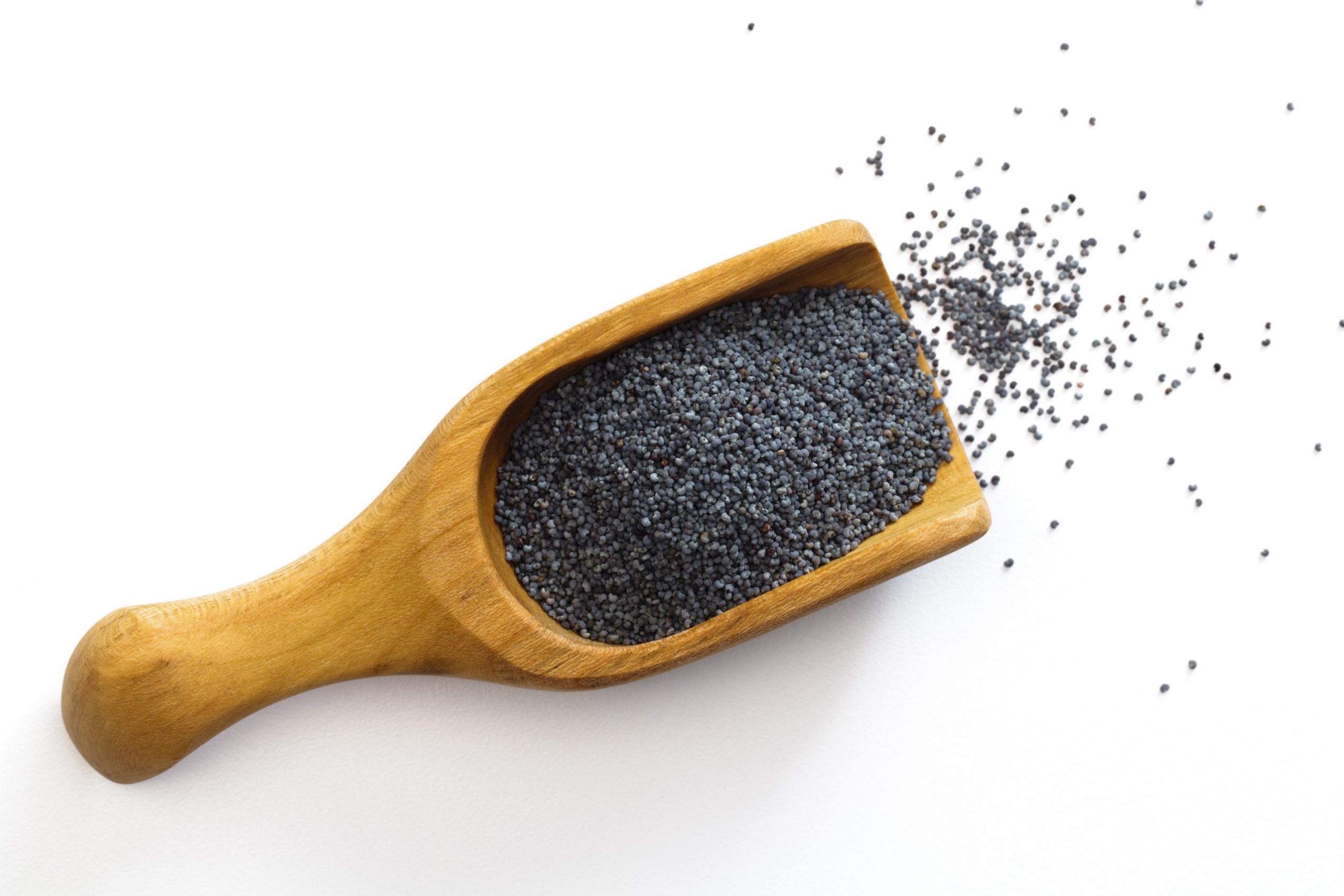
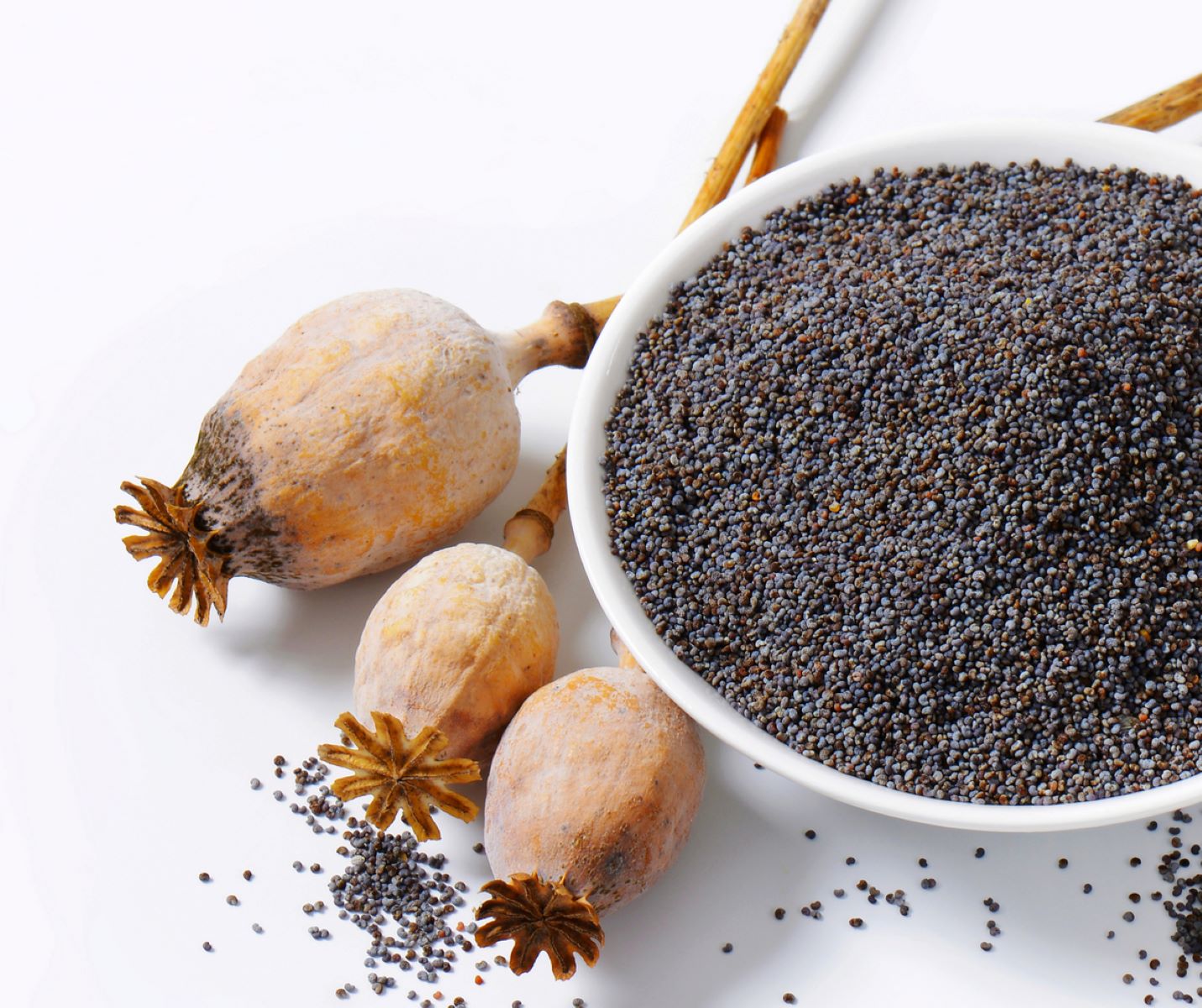

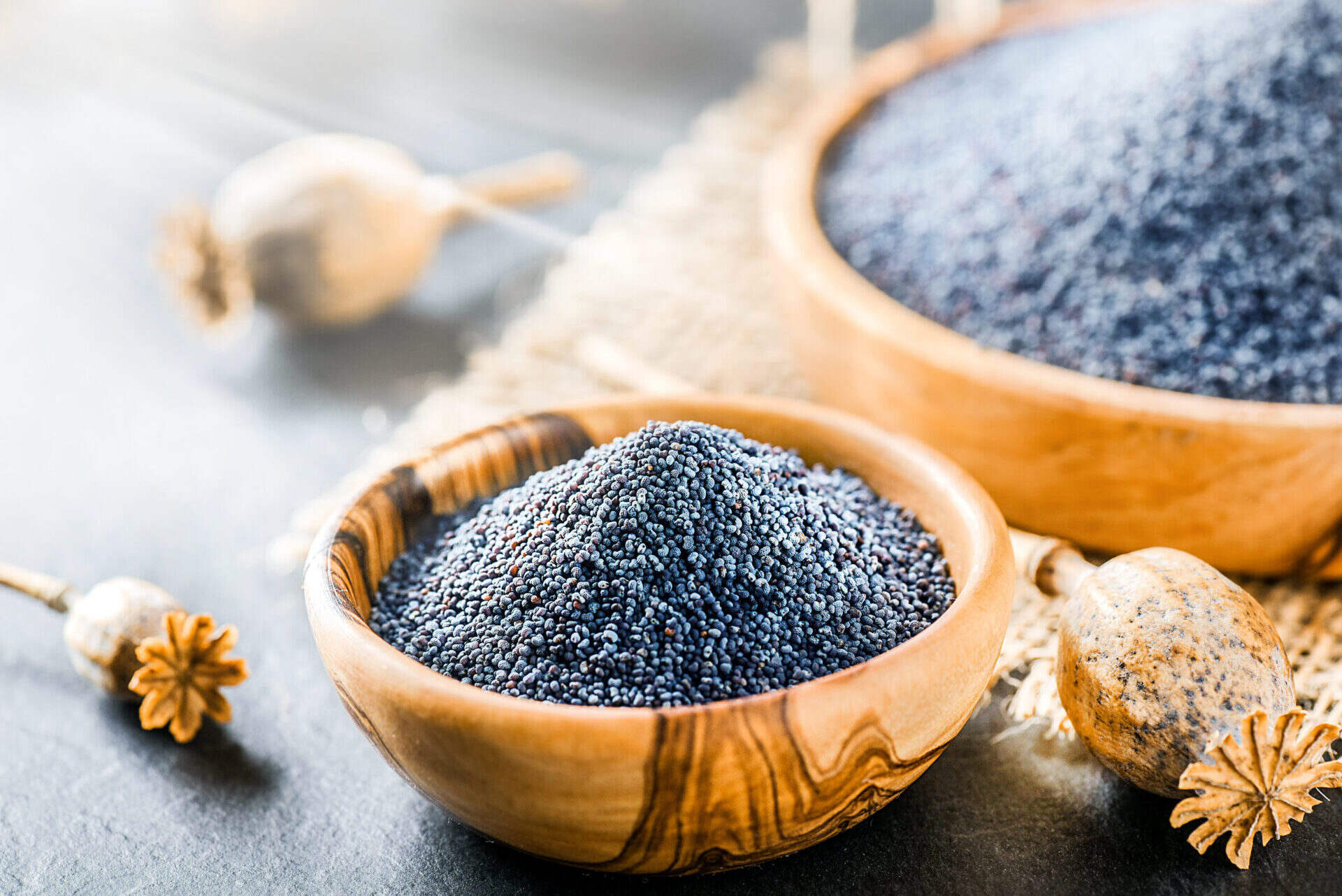
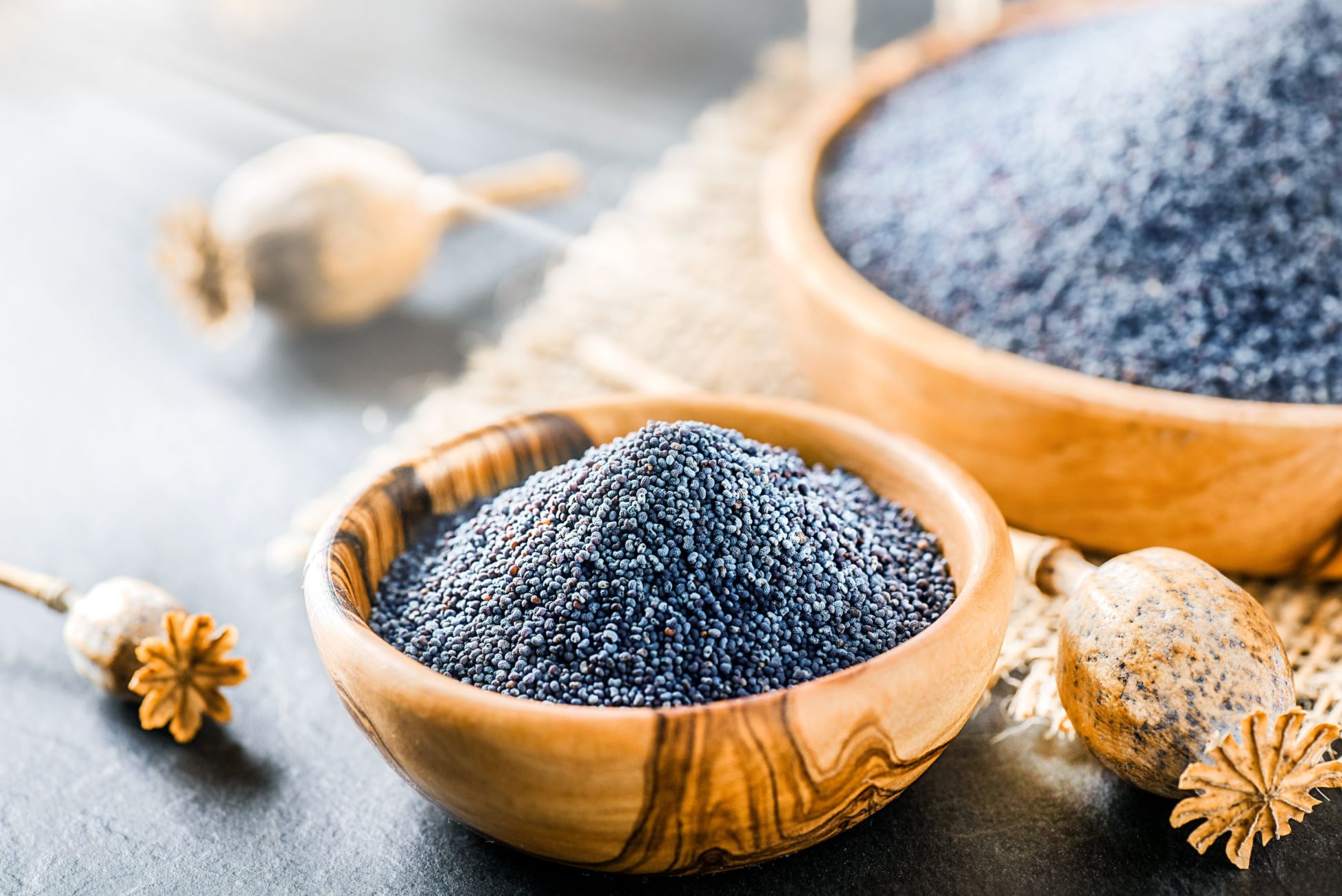
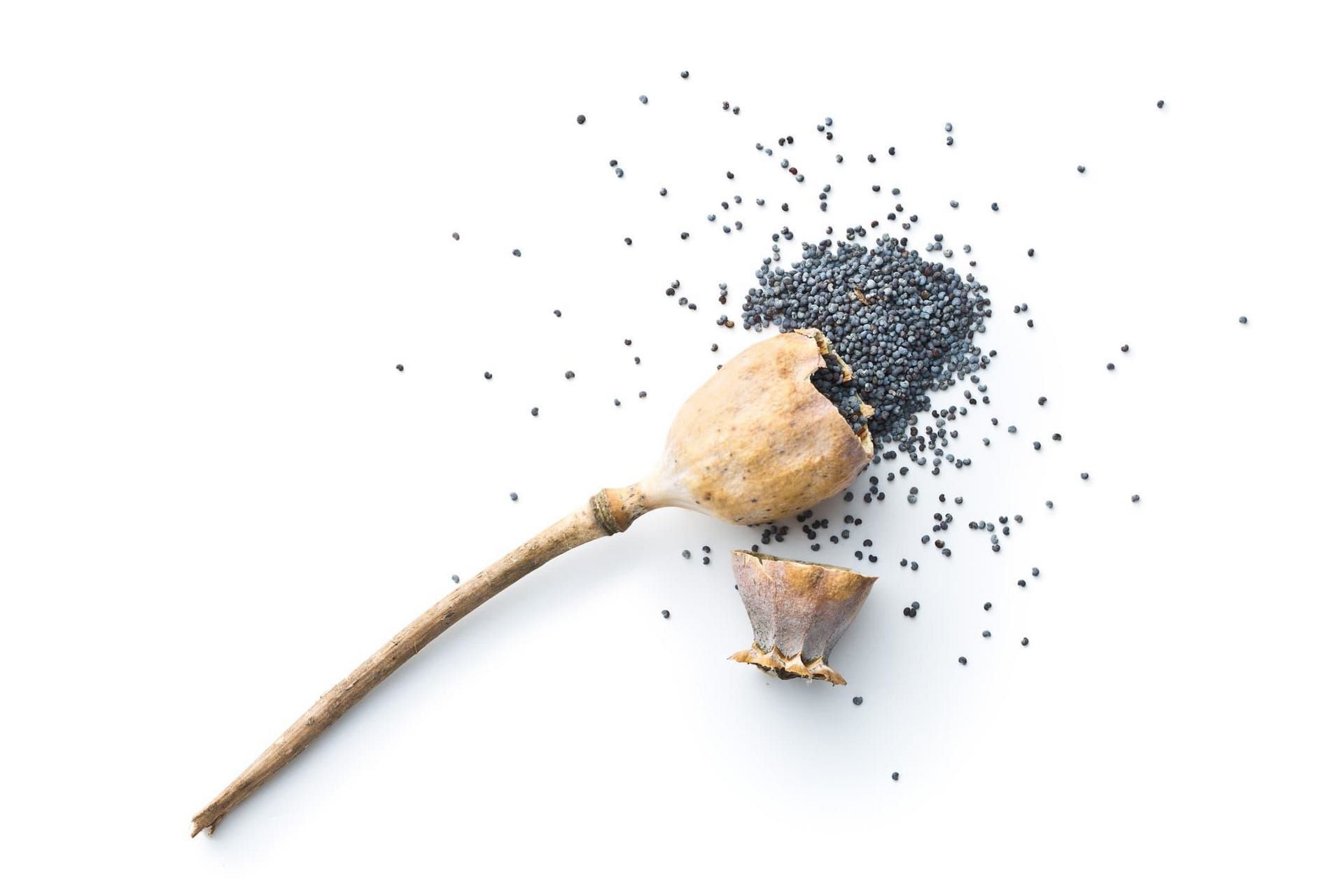

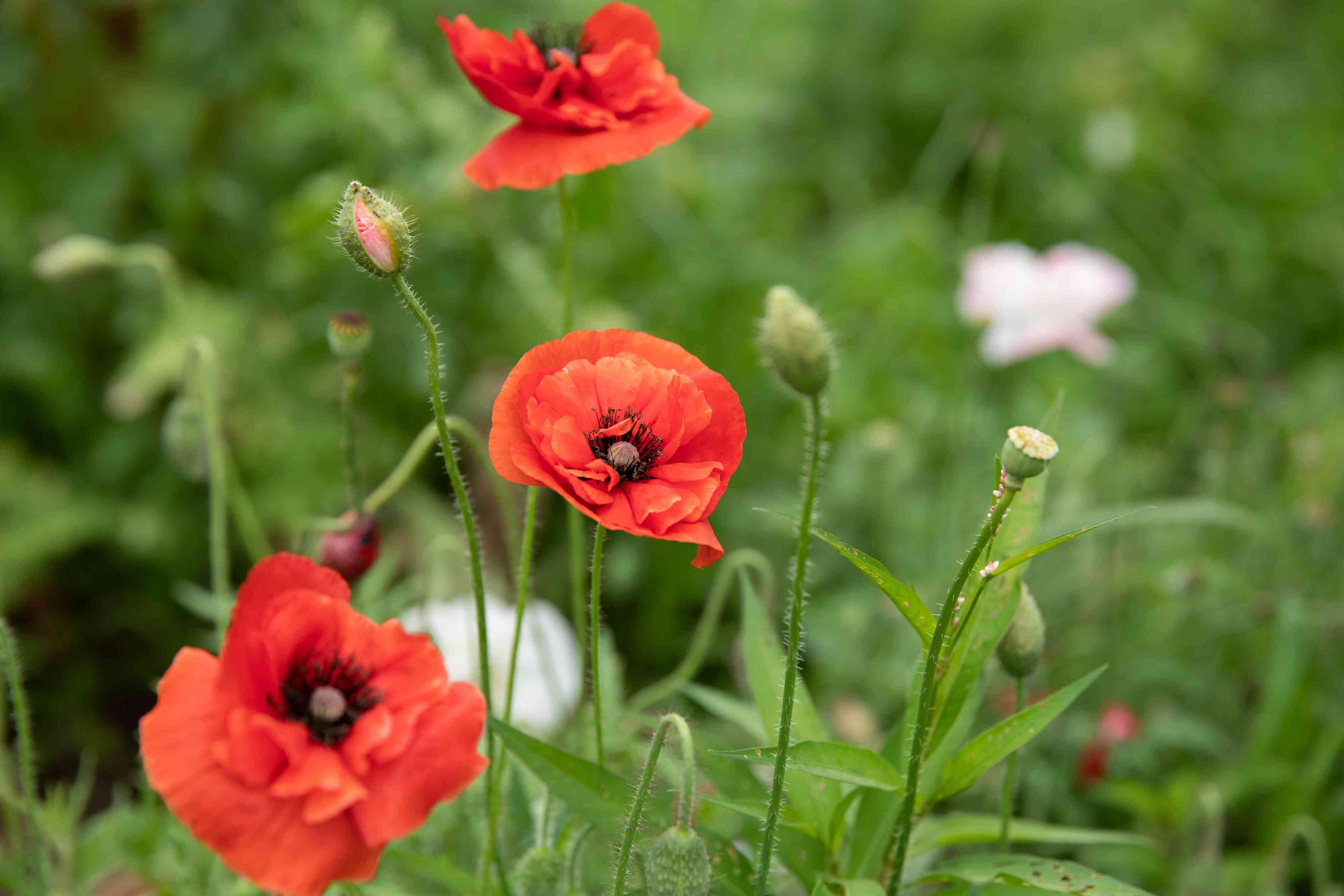
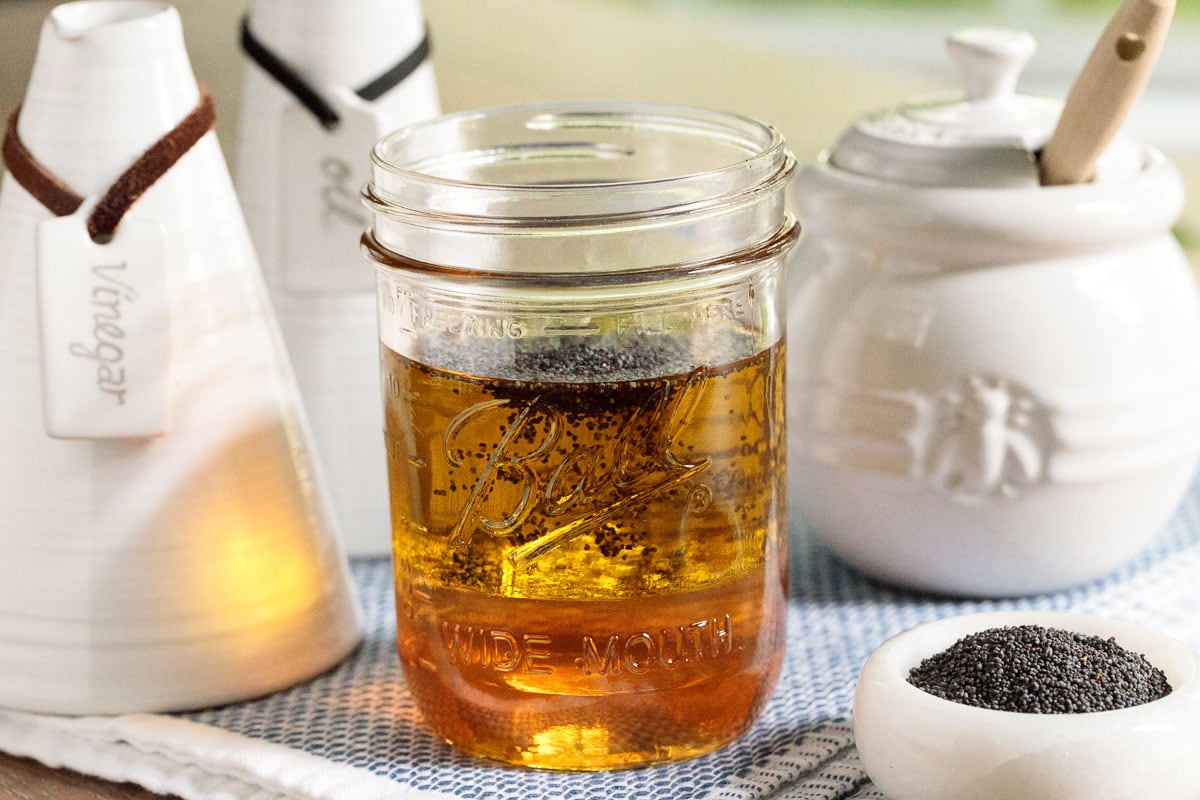

0 thoughts on “How To Plant California Poppy Seeds”